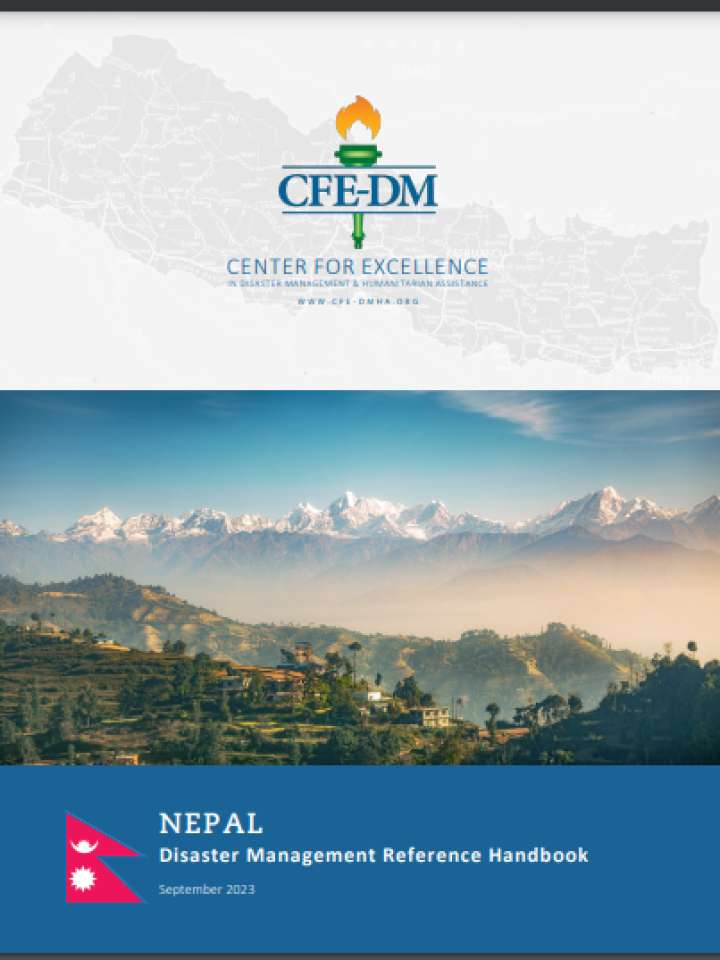Nepal: Disaster management reference handbook 2023
This Nepal Disaster Management Reference Handbook provides the reader a baseline understanding of key national entities involved in Humanitarian Assistance/Disaster Response (HADR), disaster management, and the military’s role in disaster relief in the country. In addition, this resource details disasters occurring in the country over the last ten years. Nepal is exposed to significant natural hazards related to its geology and climate. It is home to many faults that make the country seismically active, and the prevailing monsoon brings heavy rains that cause floods and landslides that deliver losses almost every year.
Nepal has been recognized for its bottomup approach to disaster risk governance, which was connected to its shift toward decentralization following the promulgation of the 2015 constitution, which mandated political decentralization through federalism. Nepal transformed its structural approach to disaster risk governance, resulting in the decentralization of authority to the lowest levels of government to build resilience from the ground up. This framework aligns with DRR generally being most effective when the people who are most impacted by disasters have a voice in policy priorities, a prioritization that facilitates local buy-in and informs plans by realities on the ground.
Explore further

